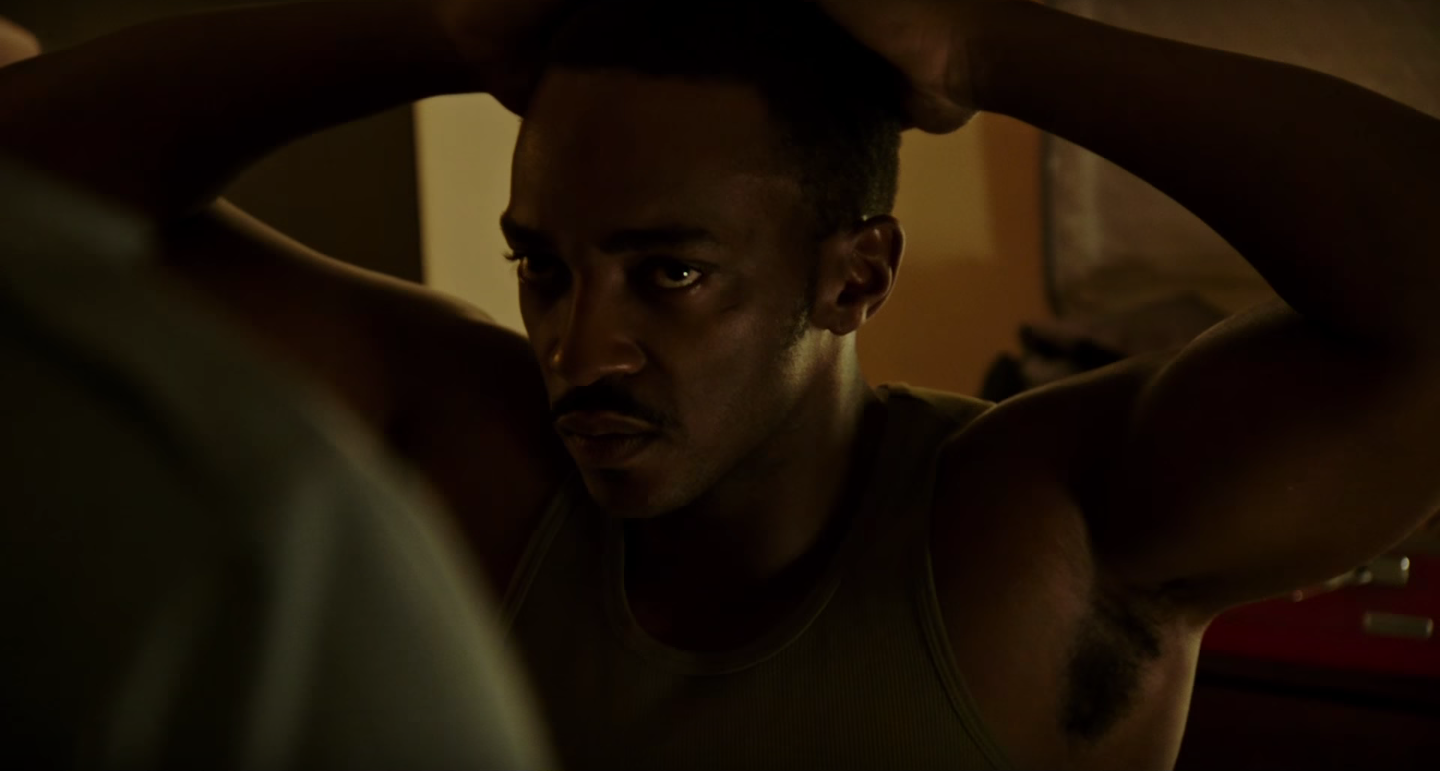Death is an inevitable part of life. We hear this phrase all the time – almost to the point where it’s a post-it note in our psyche. For the most part, we go on as essential tasks keep us distracted from what will eventually come. Death is both an uncomfortable conversation and something to be prepared for. In the current state of the world, death has been as notable as ever. Visible death toll counters and a highly transmissible virus has run amuck throughout our routines and states of mind. Our escapes from thinking about our ends that are always looking over our shoulders are gone.
Directed and written by Amy Seimetz, She Dies Tomorrow is an artistic exercise about the uncomfortable and fragile nature of our morality. Amy, (aptly named after Seimetz and played by Kate Lyn Sheil) is a recovering alcoholic. The first instances that we spend with her find her both withdrawn and melancholy. She plays Mozart‘s ‘Lacrymosa’ repeatedly as she dances in a trance. She also does things like walks on ashes, watch bugs die in a bug zapper, and looks up urns. Come to find out, in a discussion with her friend Jane (Jane Adams), that she believes that she will die the next day. An almost freeing acceptance of this comes over her at first and this phenomenon passes on to her friends.
Within the horror genres, there’s been a growing movement of movies exploring the human condition. When you think about these movies, death is a constant. Whether in films such as Friday the 13th or Nightmare on Elm Street – we accept and almost look forward to ways characters will meet their end. There’s a particular scene in She Dies Tomorrow that occurs at a party. Once the discussion of someone’s acceptance of their demise is brought up – it brings about some harsh feelings sent in their direction. That’s the morbid beauty of the movie and what Seimetz is trying to convey. We all experience and deal with death differently. The characters in the film have their separate issues, but also serve as metaphors in how we choose to cope with them.
One of the only constants in the movie is the playing of Lacrymosa, both in regular and remixed form from The Mondo Brothers. When the characters in the movie start to sense that death is near, they are bombarded by a particular color scheme. Cinematographer Jay Keitel angles shots in different ways to convey the unrelenting sense of dreadful tones in the movie. As this feeling spreads to each character, their environments, lighting, and even camera style changes to fit the mood. The acting in this movie fully buys into the concept.
This chemical, almost hallucinogenic nature that the film forms into makes you question if this is just imaginative or a very real fear that will come to pass. Our minds tend to fill in the blanks on things, but death is a healthy worry. The movie doesn’t choose it for you – it seeks for you to meditate on things after it ends.
She Dies Tomorrow was not written with the pandemic in mind. The timing of the release of this film is as fitting and ironic as ever. Seimetz came up with the concept after seeing the reactions of telling her anxieties to people and the death of her father. After Jane is infected with the ‘idea,’ she constantly calls Amy for support as she has slipped into mania (or bliss, if you prefer).
Many of us at this moment can’t share grief with the people we love – at least in a physical sense. This movie provides all different scenarios and extremes. Acceptance, elation, expressed epiphanies, and hesitance. Some characters experience it together, some with strangers, and others by themselves. There’s even an instance of dark humor where someone comes up with all the possible ways that they could die.
With a few messages at play, the ending doesn’t give credence to one over the other. Some viewers may find that jarring – perhaps even off-putting. Seimetz could have conventionally approached this topic. However, as macabre as the subject is, She Dies Tomorrow is a creative and memorable expression of something that humans have to confront as a whole.













